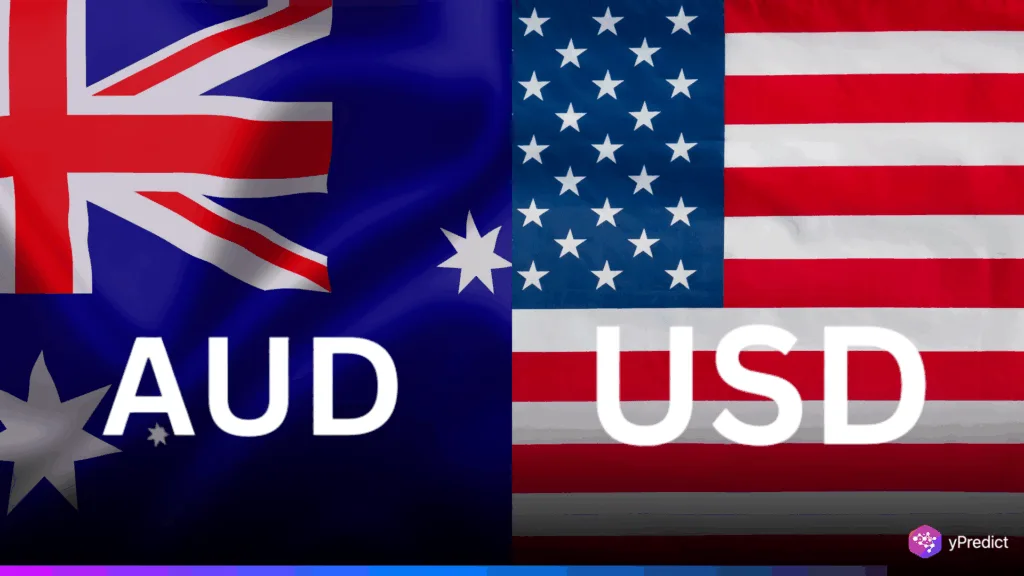
The AUD/USD pair witnessed aggressive selling interest during the European session on Tuesday, declining from a five-month high of 0.6500 down to approaching 0.6450. The pair’s retreat came on the back of increasing concerns surrounding slowing economic activity in China and increasing expectations for a Reserve Bank of Australia (RBA) interest rate cut later in the month.
China’s PMI Data and US Tariffs Drag the Aussie Down
Investor sentiment towards the Australian Dollar soured following the modest growth found in China’s April Caixin Manufacturing and Services PMI data releases. The data highlight the heightened pressures Chinese businesses are under from U.S. tariff hikes earlier in the year, and that ongoing geopolitical tensions are affecting export-reliant industries and ultimately buyers of Australia’s central export commodities iron ore and coal.
A main cause for the slowdown is the 145% tariff U.S. firms are now required to pay on Chinese imports. This protectionist policy is directly related to the recommencement of protectionist policy driven by President Trump. China as Australia’s major trading partner means its slowdown will in turn slow the Australian economy, thus negatively impacting the AUD against all the currencies in a comparitive sense.
RBA Policy Outlook Adds Further Pressure
Domestically, the outlook for the Australian economy is clouded by speculation that the RBA could lower its Official Cash Rate (OCR) at the upcoming meeting. Investors are pricing in a dovish tilt from the central bank, citing softer inflation data and external trade risks.
This prospect of monetary easing has fueled additional downside in AUD/USD. Traders are increasingly cautious, viewing the combination of China’s deceleration and possible RBA rate cuts as a bearish mix for the Aussie.
Fed Decision to Set the Next Move for USD
From the U.S. side, the Dollar has bounced from earlier session lows, with the second half of trading pushing the Dollar Index (DXY) back up to 99.75 after hitting an intraday low of 99.50. This bounce reflects a market positioning ahead of the Federal Reserve’s interest rate decision on Wednesday.
According to the CME FedWatch Tool, traders are almost convinced that the Fed will hold the policy rate steady at 4.25%–4.50% for a third consecutive meeting. While it appears that cuts are off the table now, the Fed’s forward guidance will be examined closely in the hopes of understanding easing in the future or hawkish caution.
Regardless, the divergent policy paths for central banks in the dovish (RBA) and steady (Fed) position are likely to weigh on the AUD/USD pair in the near term.
Conclusion
With China’s economic signals turning cautious and the RBA leaning dovish, AUD/USD faces renewed headwinds. Meanwhile, the Fed’s decision looms as the next major catalyst. Traders should brace for further volatility as macro and geopolitical themes continue to dictate forex flows.







